In 2025, all three major carriers AT&T, T-Mobile, and Verizon have invested heavily in network upgrades, but coverage still varies by region and technology. Nationwide coverage maps and independent tests paint a clear picture of each carrier’s footprint. AT&T currently boasts the widest 4G LTE reach, covering about 58% of the U.S. landmass, while Verizon covers roughly 56%.

T-Mobile’s 4G network covers just 43% of the country. However, on the 5G front T-Mobile leads with 36% of U.S. coverage compared to AT&T’s 29% and Verizon’s mere 9%.
In practical terms, AT&T and Verizon both claim over 99% population coverage on 4G, meaning almost any U.S. resident can get some signal from those networks. T-Mobile covers slightly fewer square miles, though it reaches 332 million people on its 5G network. In short, if broad geographic coverage is your priority, AT&T and Verizon are generally ahead, whereas T-Mobile’s edge is its massive 5G expansion and speed.
Coverage Highlights by Carrier (2025):
- AT&T: Largest 4G LTE footprint (58% of U.S. land) and 99% population coverage. Its 5G network reaches ~295 million people (29% of land). Reliable overall performance earned AT&T the most national and state level “network of the year” awards in RootMetrics testing for late 2024.
- Verizon: Nearly as wide 4G reach (56%), with over 99% population coverage and especially strong rural penetration. However, Verizon’s 5G acreage is small (9% of U.S. land). In independent tests, Verizon excelled in rural and metro areas on 5G experience. It also consistently wins city-by-city comparisons (RootMetrics awarded it most metro region honors).
- T-Mobile: The smallest 4G footprint (43% of land), but the largest 5G (36% of land, covering 332M people). T-Mobile’s aggressive post-Sprint merger buildout has made its 5G network the fastest and most available nationwide. Though it trails in rural 4G coverage, its 5G rollout is slated to cover 90% of rural households by 2026.
These statistics come from carrier coverage maps and third-party analysts. For example, Navi’s coverage analysis shows that AT&T and Verizon are “safer bets” if pure coverage is needed, while T-Mobile shines where its 5G is present.
Similarly, an FCC study maps show T-Mobile leading in the 5G area but lagging in 4G. Taken together, the data suggest there is no one-size-fits-all winner coverage depending on location. Nationwide, AT&T has a slight edge in coverage breadth, but T-Mobile offers faster data where its network exists.

Nationwide Coverage Comparison (2025)
When comparing country wide coverage, AT&T and Verizon generally tie for first place, with T-Mobile in third. AT&T’s 4G/LTE network covers about 58% of U.S. land area, the largest among the three. Verizon’s 4G network comes next at 56%. T-Mobile’s 4G footprint is smaller, about 43%, since it shifted resources to 5G expansion.
On the 5G side, T-Mobile leads by a wide margin: its 5G network covers 36% of U.S. territory, compared to AT&T’s 29% and Verizon’s 9%. In population terms, all three hit around 99% that is, most Americans are in range of each carrier’s cell site but that doesn’t translate to uniform coverage in every square mile.
Our nationwide comparison lines up with independent tests. RootMetrics’ late-2024 report found that AT&T led overall, earning top honors in network reliability and combined 4G/5G performance.
Verizon and T-Mobile traded blows on pure 5G metrics: Verizon won rural/experience awards, and T-Mobile had the highest 5G availability (showing users had a 5G signal 92% of the time). Meanwhile, Speedtest results show T-Mobile dominating in speed (median 5G downloads of 238 Mbps vs. ~50 Mbps for AT&T/Verizon).
Taken together, most maps and tests agree: AT&T and Verizon maintain the widest 4G reach, making them safer for baseline coverage in many regions. T-Mobile excels in 5G coverage and speed, often offering the fastest data if you’re in a well-served area.

Which Carrier Works Best in Rural Areas?
Rural America presents a tougher challenge than cities. Historically, Verizon and AT&T have been strongest in remote zones – they build towers farther apart to blanket countryside. For example, Verizon advertises “excellent coverage in rural areas”, and AT&T’s network covers nearly all smaller towns as well.
In other words, if you live miles from the nearest cell tower, Verizon or AT&T still tend to win the signal battle. However, this is changing.
T-Mobile has been aggressively extending its 5G reach to the hinterlands. Recent Ookla data show T-Mobile now leads in rural 5G availability: among users in small towns, more are on T-Mobile’s 5G network than on AT&T or Verizon.
T-Mobile aims to cover 90% of rural households by 2026, leveraging its low band 5G spectrum (the 600 MHz Extended Range band) which travels long distances and penetrates foliage better than high frequencies.
Still, many rural places lack any 5G and rely on 4G. In those areas, Verizon and AT&T often have a slight advantage. For instance, RootMetrics noted that Verizon’s rural infrastructure helped it win many rural performance awards.
If your home sits off the beaten path, AT&T or Verizon are generally safer bets for reliable voice/data. T-Mobile’s rural network is improving fast. It's now competitive or even better for 5G data but it still trails the others in sheer coverage area.

What About 5G Speeds?
If speed is your metric, T-Mobile stands out. Independent speed tests consistently find T-Mobile’s 5G blazing fast. For example, Opensignal’s 2025 report shows T-Mobile’s median 5G download at 238.3 Mbps, far outpacing AT&T and Verizon. In hybrid 4G/5G tests, T-Mobile still averaged about 158 Mbps, roughly three times AT&T’s 53 Mbps or Verizon’s 46 Mbps.
This reflects T-Mobile’s investment in mid-band 5G (often branded “Ultra Capacity”) which delivers high throughput in cities and suburbs.
Verizon also offers extremely high peak speeds, but only in limited areas using millimeter-wave (Ultra Wideband) or C-band spectrum. These fast-but-short-range signals can achieve gigabit speeds but rarely blanket wide regions. As a result, Verizon’s average user speed is lower, even though the network can push massive speeds locally. AT&T’s 5G (including mmWave “5G+”) is similarly limited to select urban spots, so it's nationwide speed average stays modest.
In summary, for raw speed T-Mobile wins hands down. Its network also consistently wins speed awards and produces more high-speed connections in tested cities. Verizon’s speed is more situational (very fast in UWB zones), and AT&T trades some speed for steadiness indeed, RootMetrics notes AT&T’s strong minimum performance gave it a top speed award despite lower peak speeds.
Real-World Coverage Maps (User-Tested)
Beyond carrier claims and lab tests, user-driven coverage maps reveal the on the ground truth. Apps like OpenSignal and RootMetrics assemble millions of data points from real users driving, walking and using phones. They confirm the pattern: AT&T and Verizon cover more territory, while T-Mobile’s coverage is spotty outside big cities. For instance, Navi’s coverage analysis notes that “Verizon and AT&T are probably safer bets” for nationwide reach, whereas T-Mobile shines in places where its 5G is present.
One can also see this in public coverage maps. The official FCC and carrier coverage maps (and crowdsourced tools like CellMapper) show AT&T and Verizon blankets of coverage reaching deep into rural areas, with fewer white patches. T-Mobile’s maps display extensive 5G across metro areas but reveal holes in the mountains and plains.
This aligns with third-party data: RootMetrics’ drive tests found AT&T earned the most state-by-state coverage awards (278 statewide wins), meaning its signal was strong across all corners of the country. Verizon picked up more wins in individual cities and on 5G tests, reflecting its pockets of very strong service.
In practice, real-world coverage often depends on local geography. We’ve heard from users in this year’s tests that even adjacent neighborhoods can see different “best” carriers. Crowdsourced maps and community reports are invaluable: check sites like RootMetrics’ city maps or user threads on Reddit to see which carrier performs where you live or work. Often, combining such user-tested maps with official carrier coverage tools will give the clearest picture of which network is truly reachable in your area.

Still Getting Poor Signal? Here's What You Can Do
Even on the best carrier, you can end up with weak bars indoors or on the outskirts. Signal strength depends on distance and obstacles, not just the carrier name. Here are smart steps to boost your reception:
- Check Coverage Maps: Use official tools. For example, T-Mobile’s coverage map lets you “enter your address” to see 4G/5G availability. Verizon and AT&T offer similar search tools. Enter your home or work address to see what each claims.
- Compare Maps to Reality: Read crowdsourced reports or speed-test apps in your town. Apps like OpenSignal can measure actual signal strength for each network at your location. Forums (like user posts on Reddit) often reveal hidden dead zones.
- Try Wi-Fi Calling: If indoor cell signal is poor but you have Wi-Fi, enable Wi-Fi calling on your phone. All carriers support this nowadays and it routes calls/texts over your internet instead of the cell link.
- Consider a Signal Booster: If bad coverage persists, an external device can help. A home signal booster (like those from HiBoost) takes the weak cell signal outside and rebroadcasts it indoors at full strength.
Many people skip these tips, but they can make a difference. According to experts, “the farther you are from a cell tower, and the more obstacles in the way, the weaker your signal”. So even on “the best” network, living hundreds of feet from the nearest tower or behind thick walls will hurt reception. And don’t forget congestion if everyone at a concert is on Verizon, even Verizon users can see service drop when the tower is overloaded.
In short, your “weak signal” likely isn’t a conspiracy, it's physics and infrastructure. First check maps and settings, then try solutions like Wi-Fi calling or an RF booster if needed.
What Users Are Saying (2025)
Customer and tech forum feedback reflects the data above. In cities and suburbs, many users report blazing speeds on T-Mobile, especially with 5G. One common sentiment this year is that “T-Mobile’s 5G is crazy fast,” with users praising downloads and streaming in urban hotspots. However, in outlying or indoor areas, they often caveat “but T-Mobile’s signal drops off in rural spots”.
Verizon users frequently echo “I can get a signal where others can’t”. Many rural customers stick with Verizon precisely because its towers are everywhere. Some say AT&T is similar in that regard, noting its FirstNet spectrum extends coverage on highways and national parks. Indeed, recent test results match this: users in remote areas often find AT&T/Verizon connecting even where T-Mobile shows no service.
Another theme: reliability. Users on AT&T and Verizon often mention “fewer dropped calls” on average, even if their data speeds aren’t the fastest. T-Mobile users counter that in well-covered areas you can easily watch 4K video or game online without hiccups.
Brand reputation also plays a role. Many customers still believe “Verizon/AT&T cover everywhere” from legacy branding, while others have been won over by T-Mobile’s marketing blitz and now by their actual network gains.
However, forum reports confirm the technical reality: network performance varies by zip code. Ultimately, real user feedback aligns with our analysis: if you need speed in the city, T-Mobile is often best; if you need signal miles from town, Verizon or AT&T is safer.
Final Verdict: Who Has the Best Coverage?
There’s no single winner in all categories. In overall coverage (geographic reach and reliability), AT&T slightly leads with Verizon close behind. AT&T’s 58% terrain coverage and 99% population reach translate to solid service in most places, and tests confirm its network is very dependable. Verizon isn’t far off; it matches AT&T’s national coverage percentage and shines in rural 5G performance.
When it comes to 5G coverage and speed, T-Mobile pulls away. Its network has far more 5G cell sites (especially mid-band) and therefore the fastest speeds nationally. T-Mobile’s rapid expansion means its 5G signal is now reachable by more people than ever. The trade off is that T-Mobile’s 4G footprint lags, so if you prioritize outlying coverage over raw speed, AT&T or Verizon may be better.
In everyday usage, your best bet is to see which carrier has the strongest signal where you live and work. If coverage is spotty for you, remedies like boosting your indoor signal can help regardless of carrier choice.
All three networks are fast and growing. AT&T and Verizon offer the most consistent nationwide coverage, especially in rural and indoor settings. T-Mobile offers the fastest data and is king of 5G availability. Your “best” career depends on your location and priorities. In cases where even the best network isn’t enough, specialized equipment can step in see below.
📞 Still Not Enough Signal? Let HiBoost Help.
If your bars are still low or calls drop frequently, a cell signal booster can be a game changer. HiBoost offers FDA/FCC-approved boosters that catch the outside signal and re-broadcast it indoors with full strength. For example, the HiBoost Sidekick booster is designed for home/cabin use (up to 2,000 sq ft). It amplifies 2G/3G/4G/5G signals from all major U.S. carriers (AT&T, T-Mobile, Verizon, etc.), giving you clearer calls and faster data on any phone.
Key HiBoost Sidekick features:

- Carrier Compatibility: Works with AT&T, Verizon, T-Mobile, Sprint and all U.S. networks.
- Full Spectrum Boost: Covers 2G/3G/4G LTE and 5G bands (Bands 12/13/5/25/4).
- Coverage Area: Boosts signal inside homes up to 2,000 sq ft (ideal for a large house or office).
- High Gain: Delivers up to 62 dB of gain one of the strongest boosts available.
- Multi-User Support: Simultaneously improves signal for multiple devices, so everyone in the home benefits.
- Smart Monitoring: Includes an app and display to show signal levels and help you optimize antenna placement.
-
100% FCC Compliant: Legal and safe for everyday use.
By installing a HiBoost system, you effectively create your own mini cell tower inside. Customers report that areas in their homes that once showed “no service” suddenly light up with 4-5 bars. HiBoost warranties and support ensure it’s a hassle-free upgrade. In short, if your carrier coverage alone isn’t cutting it, a HiBoost booster closes the gap, letting you make the most of whichever network you choose.
Q1: Which carrier has the best signal coverage in rural areas in 2025?
A1: Historically, Verizon and AT&T have led rural coverage due to their extensive tower networks. In 2025, both still cover most small towns and highways. However, T-Mobile is aggressively expanding rural 5G; it now claims the largest rural 5G reach according to Ookla’s data. In short, if you need a signal far from towns, Verizon/AT&T remain safer bets for 4G; T-Mobile is catching up fast on 5G.
Q2: Is T-Mobile’s 5G better than Verizon and AT&T?
A2: In many ways, yes. T-Mobile’s 5G network is the fastest and most widely available. Independent tests show T-Mobile’s median 5G download speeds (~238 Mbps) are far higher than AT&T or Verizon. T-Mobile also covers a larger area with 5G towers (36% of land vs. 29% for AT&T, 9% for Verizon). That said, Verizon’s 5G Ultra Wideband can reach very high peak speeds in specific locations, and AT&T’s 5G+ (mmWave) offers fast speeds in select cities. Overall, for day-to-day use, T-Mobile’s 5G tends to outperform the others in both speed and availability.
Q3: How can I check which carrier has the best coverage in my area?
A3: Start with the carriers’ own coverage maps. Each big carrier has an online tool where you enter your ZIP or address. For instance, T-Mobile’s interactive map asks you to “Enter your address, zip code… to explore coverage in your area”. Verizon and AT&T have similar maps.
Besides that, third-party resources help too: download apps like OpenSignal or RootMetrics to test your signal, or use crowd-sourced maps (e.g. coveragemap.com) that aggregate user data. Local forums, Reddit and even maps from the FCC’s mobile coverage site can also be insightful. Combining these will show you which carrier actually works best at your specific location.
Q4: Why is my phone signal weak even though I’m using a top carrier?
A4: “Top carrier” doesn’t guarantee full bars everywhere. Physical factors often cause weak signals. As Wilson Amplifiers notes, “the farther you are from a cell tower, and the more obstacles in the way, the weaker your signal”. Tall buildings, thick walls, hills and trees can all block radio waves.
Even with a good carrier, if you’re indoors on a ground floor or in a valley, your reception can be spotty. Network congestion is another culprit; too many users on one cell tower (e.g. at events) can create a bottleneck. Device issues also matter: an old phone or low battery can under perform even with a good network available. In short, physical distance, obstructions, and network load (not just carrier brand) determine signal strength.
Q5: What’s the best solution for weak signals at home?
A5: The most effective solution is a cell signal booster. These devices use an outdoor antenna to capture whatever weak signal is available, amplify it, and rebroadcast it indoors. A good booster can turn 1-2 bars into 4-5 bars. For example, the HiBoost Sidekick booster is designed for homes up to ~2,000 sq ft.
It works with all carriers and all frequencies (2G/3G/4G/5G), which means it boosts voice and data no matter whose network you use. Installation is usually DIY: you mount the outdoor antenna where the signal is best (e.g. on your roof), connect it to the booster box inside, and place the indoor antenna in your living area.
Within minutes, your indoor coverage is dramatically improved. In addition, making sure Wi-Fi calling is enabled on your phone can help for voice calls, but a booster is the surest fix for persistent weak signals.
Q6: Do signal boosters work with Verizon, AT&T, and T-Mobile?
A6: Yes. Modern signal boosters are carrier-agnostic. HiBoost boosters in particular are built to support all major U.S. networks. The Sidekick model explicitly lists compatibility with AT&T, T-Mobile, Verizon (and even smaller carriers).
You do not need a separate booster for each carrier; one booster catches any phone signal in range and amplifies it. Just ensure the booster covers the frequency bands your phone uses (the HiBoost Sidekick covers common bands like 12/13/5/25/4).
Q7: Will switching carriers improve my signal?
A7: It depends on location. If your area is better served by a different network, then switching can help. For instance, nationwide data shows AT&T’s 4G covers 58% of land vs Verizon’s 56%, so AT&T might reach spots where Verizon doesn’t (and vice versa). Meanwhile, T-Mobile covers only ~43% with 4G, so in many rural places it lags behind.
You should compare coverage maps: if one carrier’s map shows much denser coverage in your town than the others, switching could give you more bars. Ultimately, no carrier covers every nook so check who has the stronger signal at your home or workplace before swapping.
Q8: Does 5G work better indoors than 4G?
A8: Not usually. The key difference is frequency. 4G LTE primarily uses lower-frequency bands, which penetrate walls and travel longer distances. 5G introduces a lot of high band spectrum (like mmWave), which gives lightning-fast speeds but poor indoor penetration. High band 5G signals can be blocked by just a wall or even glass. That means in many homes you’ll fall back on 4G or low-band 5G (some carriers use lower bands for 5G “Extended Range”).
According to experts, “4G LTE operates in low- to mid-frequency bands, which is why it’s better at covering long distances and penetrating buildings,” whereas 5G’s high frequencies are “limited in range”. In practice, only 5G on low-frequency bands (like T-Mobile’s 600 MHz or AT&T’s 850 MHz) can match 4G’s indoor reach. So if you’re thinking only in terms of indoor coverage, older 4G might actually be more reliable. 5G's benefit is speed, not building penetration.
Industry reports and network tests from 2024–2025 (RootMetrics, Opensignal, Ookla) and carrier coverage analyses were used in this comparison. HiBoost product specs are from the manufacturer’s website. All information reflects the latest data available in mid-2025.
In 2025, the battle for the best mobile signal in the U.S. is closer than ever. AT&T and Verizon continue to lead in overall nationwide 4G coverage, especially in rural areas where reliable connectivity matters most.
T-Mobile, on the other hand, has surged ahead in 5G performance offering the fastest speeds and widest 5G reach across the country. But even with all this progress, no carrier can guarantee full bars everywhere. Mountains, thick walls, remote areas, and congested towers still affect your signal.
That’s where HiBoost steps in. Whether you're working from home, driving cross-country, or running a business in a rural zone, HiBoost’s FCC-certified signal boosters make dropped calls and slow data a thing of the past. With powerful solutions for both homes and vehicles compatible with AT&T, T-Mobile, and Verizon HiBoost ensures you always stay connected, no matter where life takes you.
So, no matter which carrier you choose, make sure your signal is at its strongest. Choose HiBoost and turn your weak bars into strong, reliable connections that keep you moving, working, and living without interruption.
📶 Better Signal Starts With HiBoost — Explore Our Boosters Today.
Recommended Reading
Why Is My 5G So Slow? 7 Proven Fixes for AT&T, Verizon & T-Mobile Users
Best Cell Service Near Me – Carrier Coverage Map
Which Cell Phone Carrier Has The Best Coverage
Which Cell Phone Carrier Provides The Best Coverage?
Top 5 Cell Phone Signal Booster for Verizon, AT&T, and T-Mobile [2025 Guide]
Car/Suv,RV,Truck,Vehicle
Our Home Signal Booster
Popular Articles
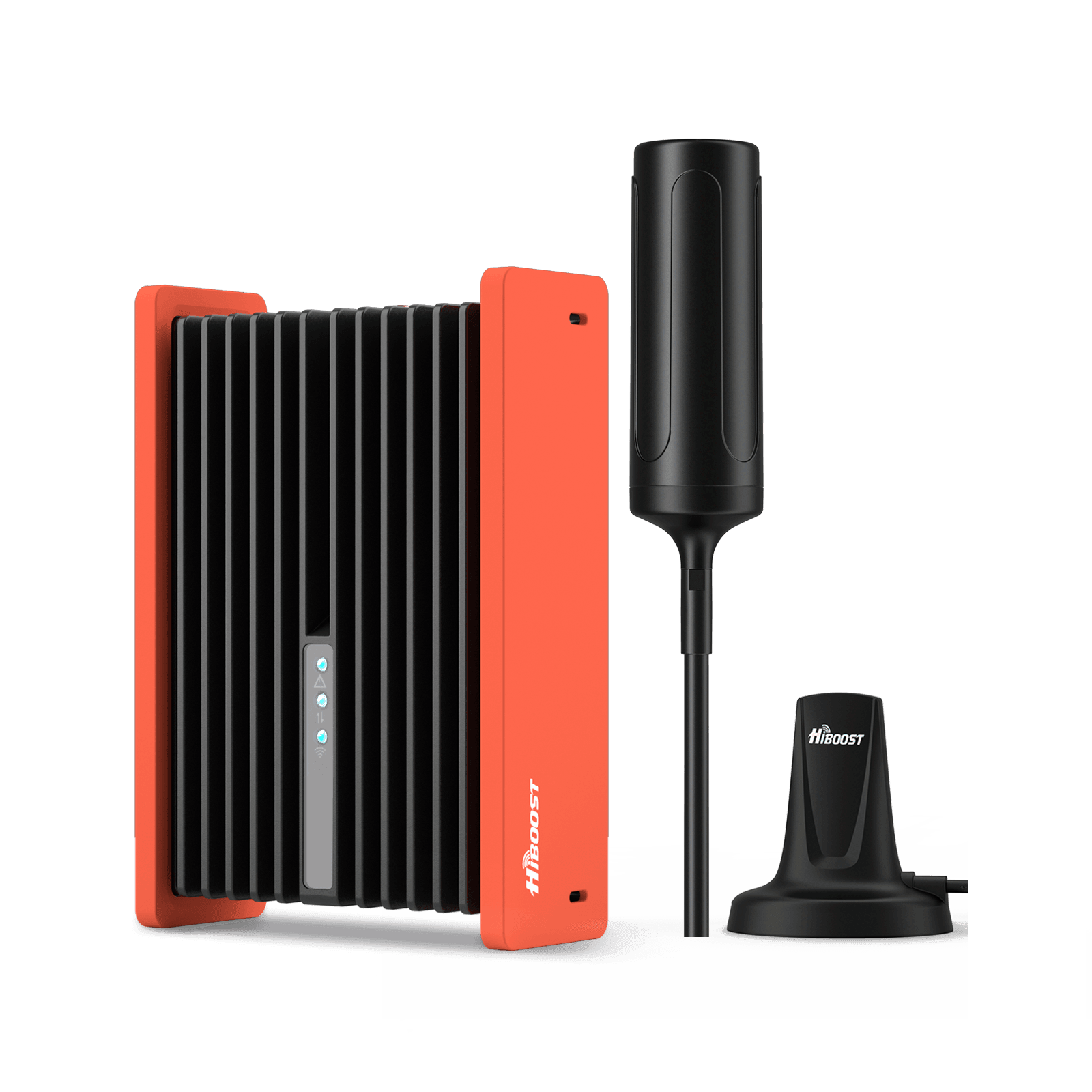
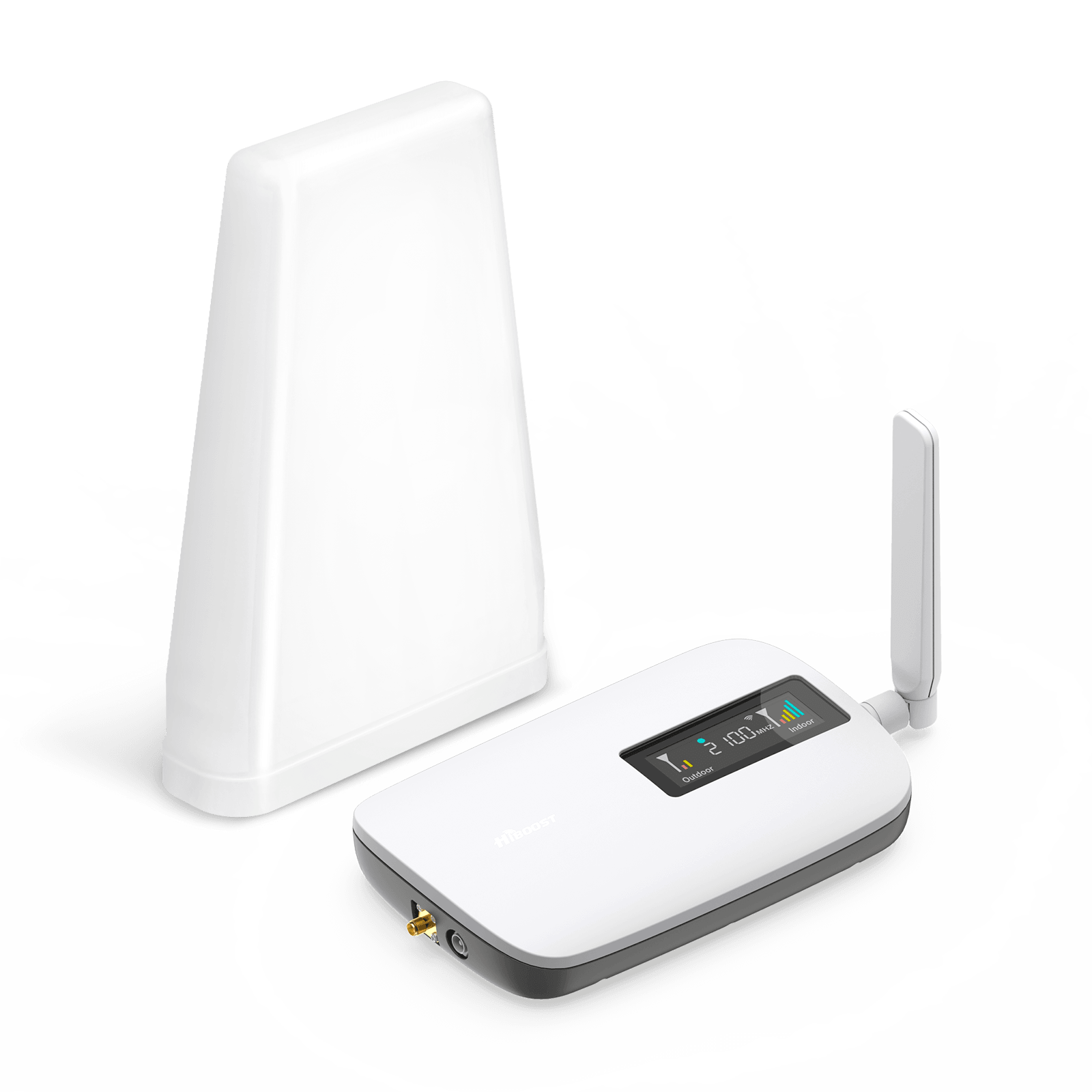
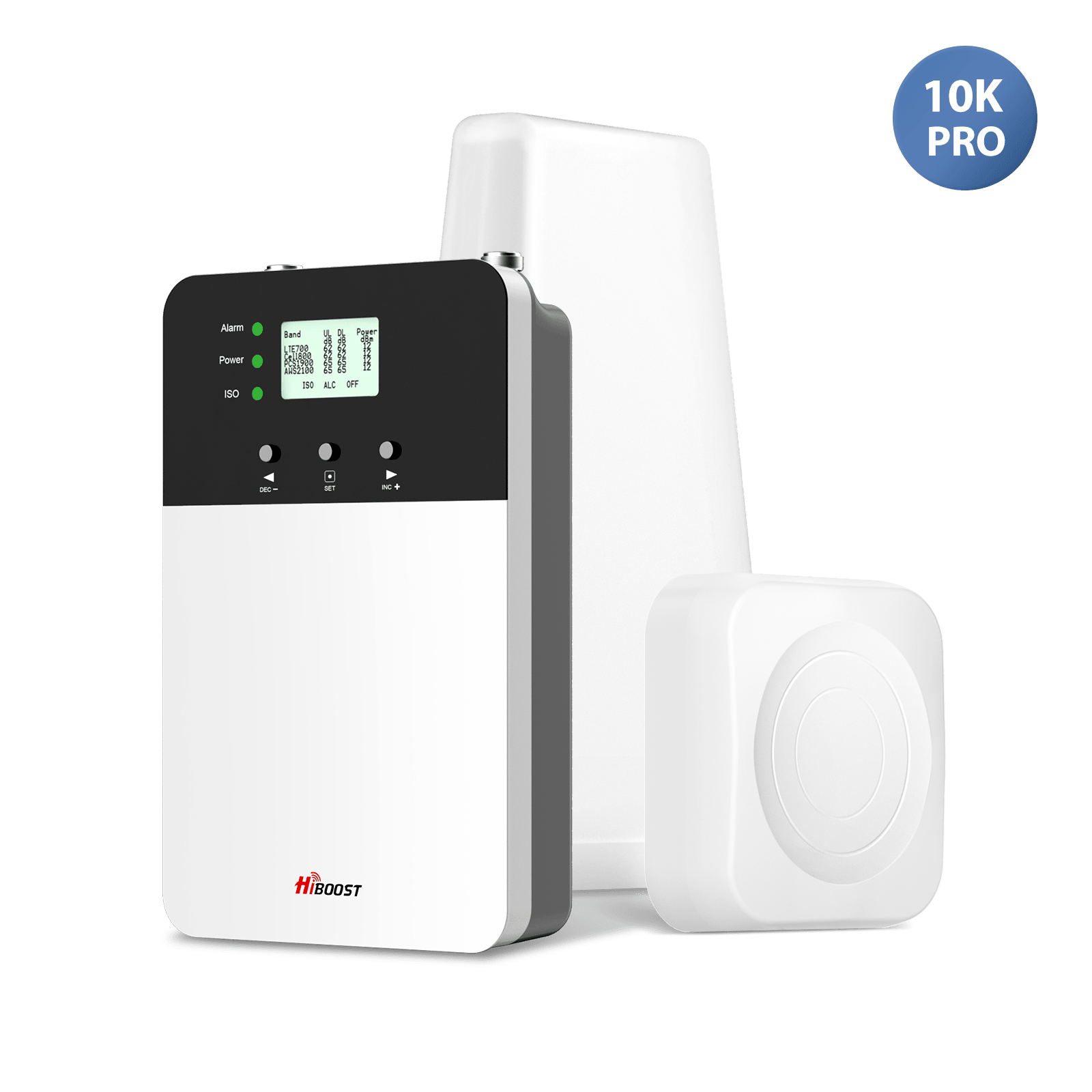
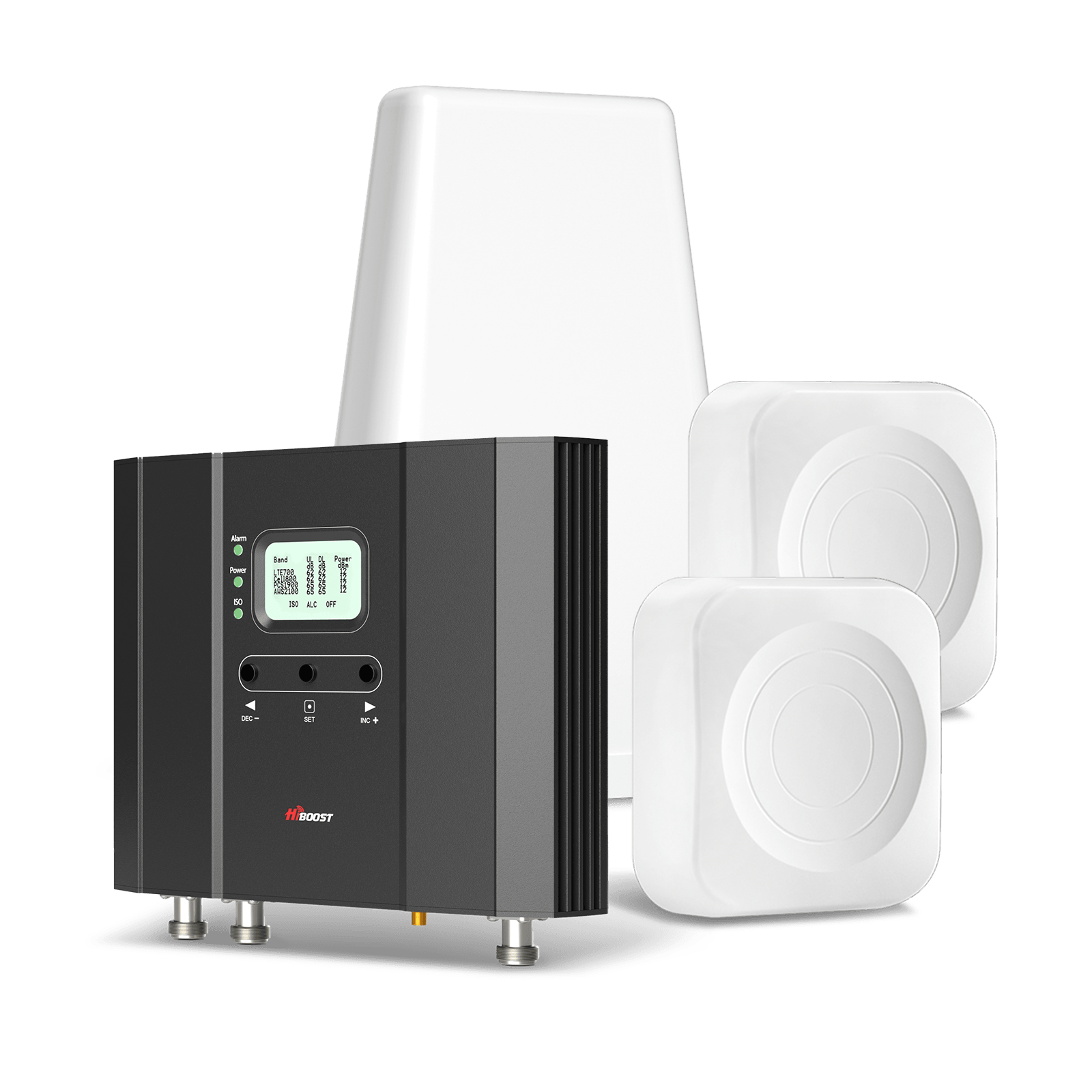
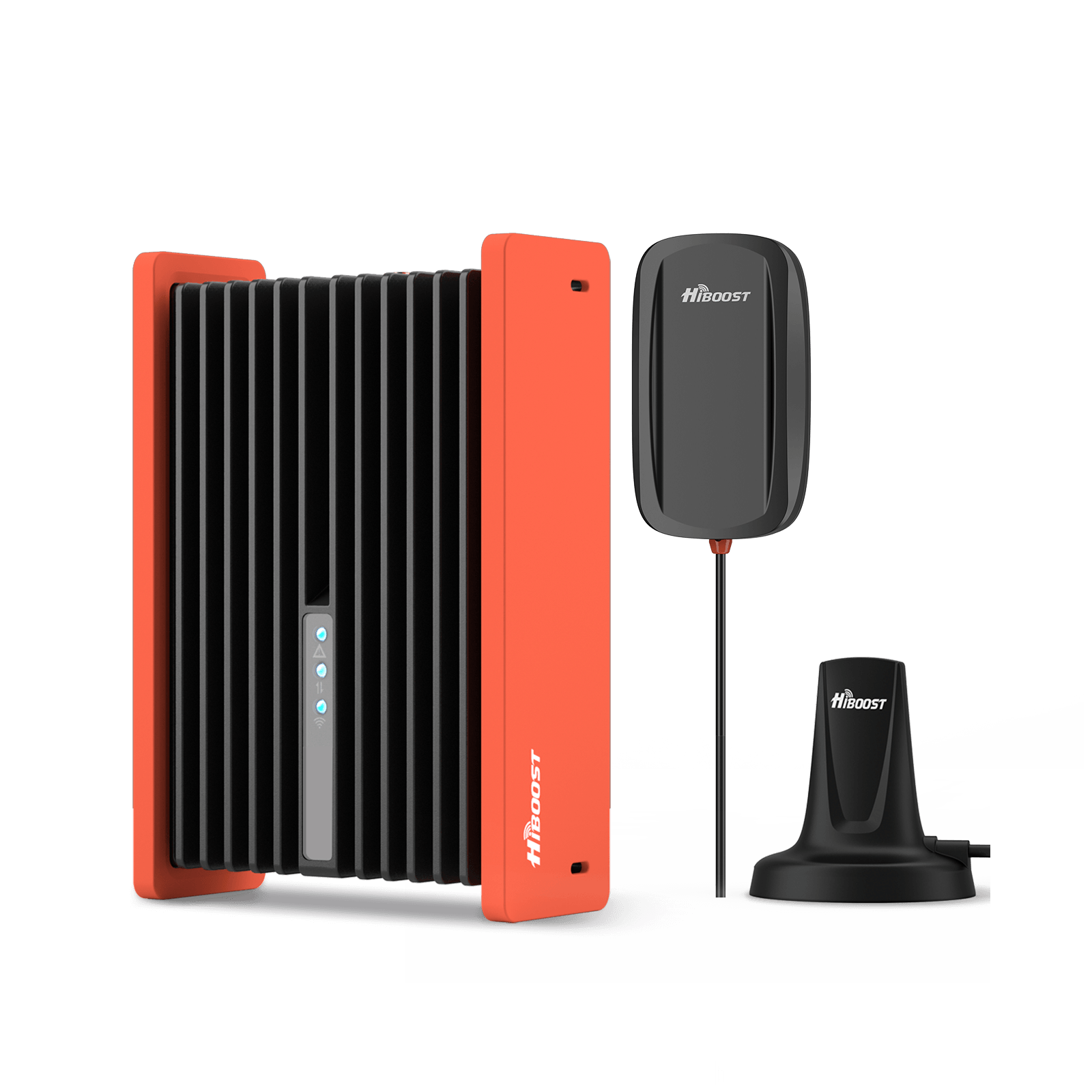
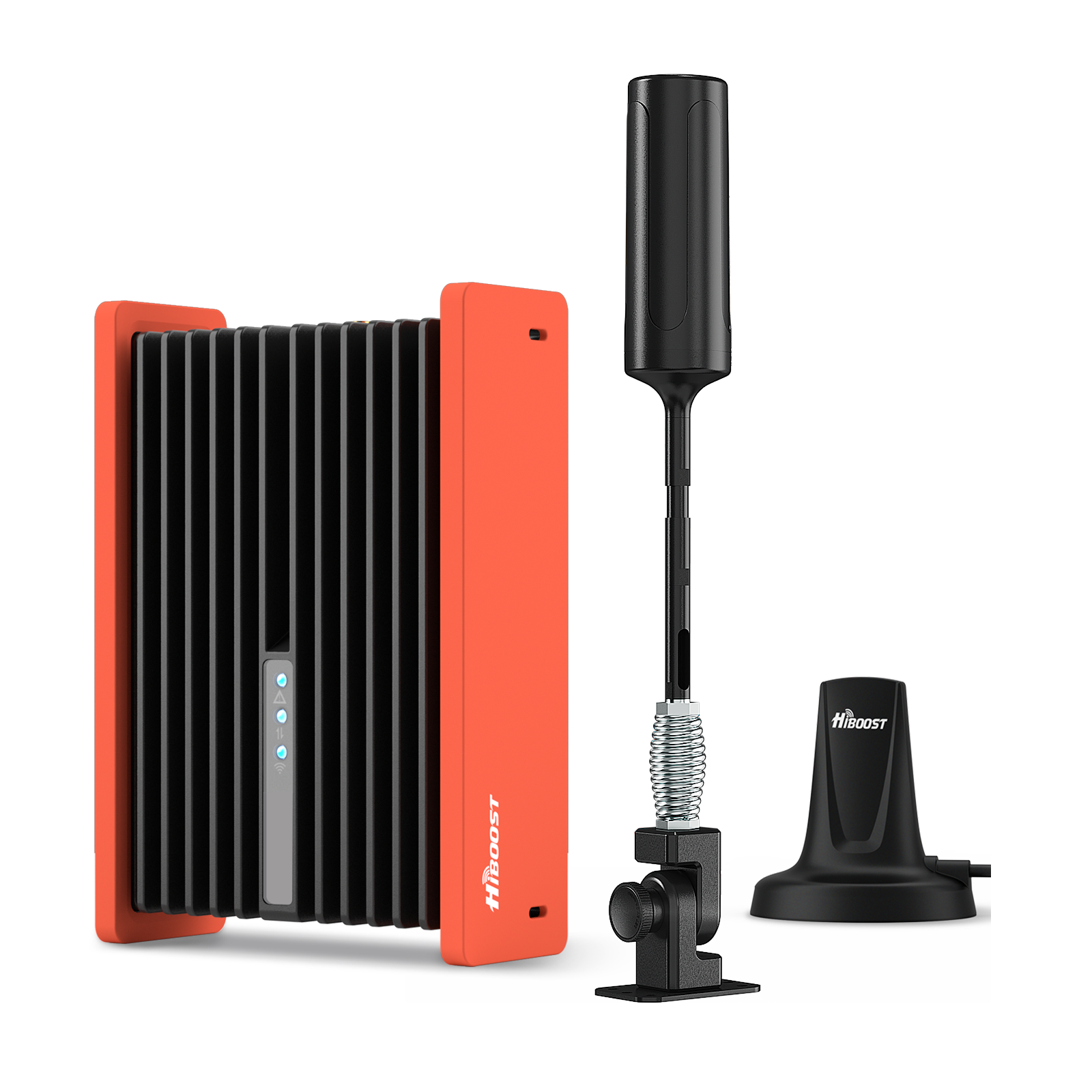
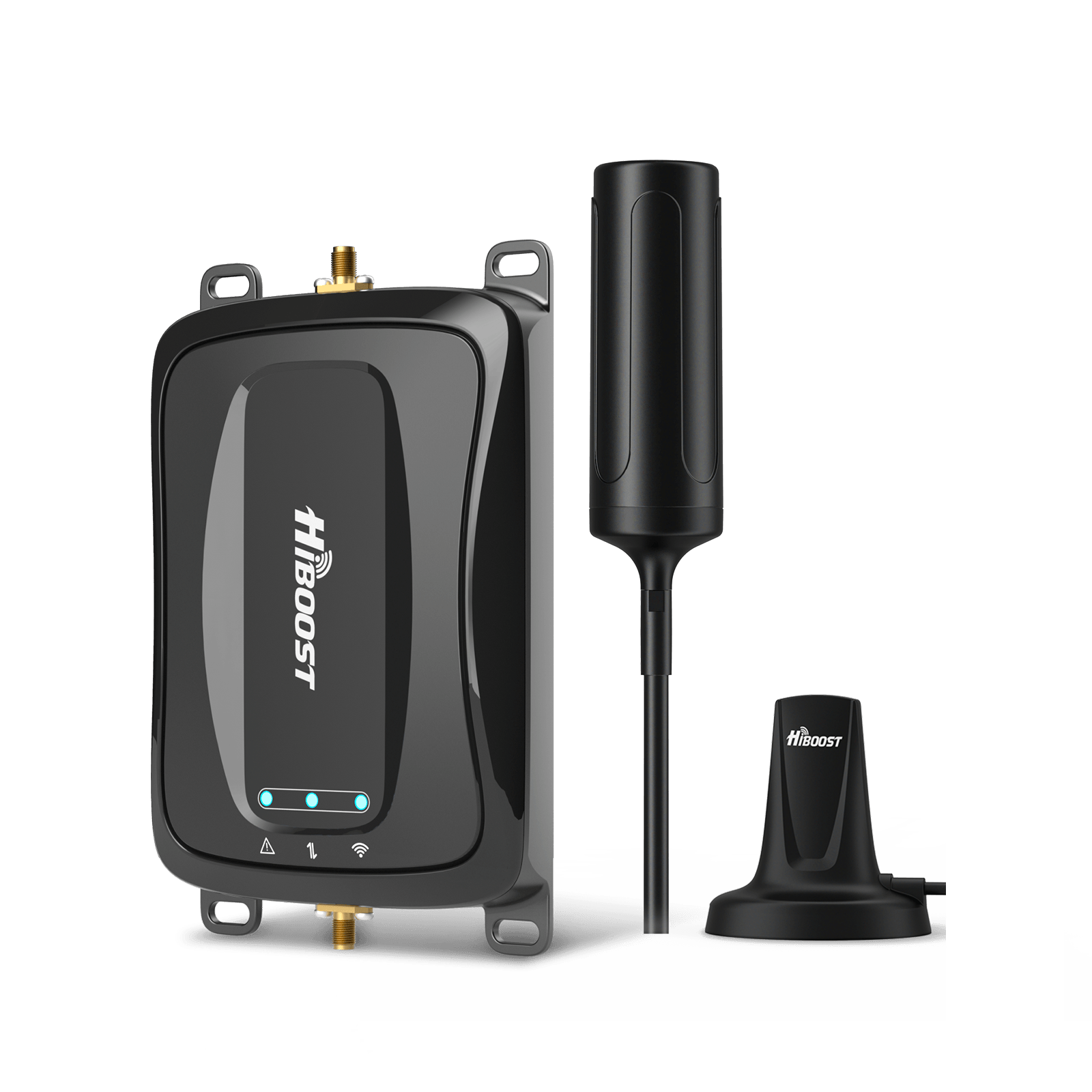
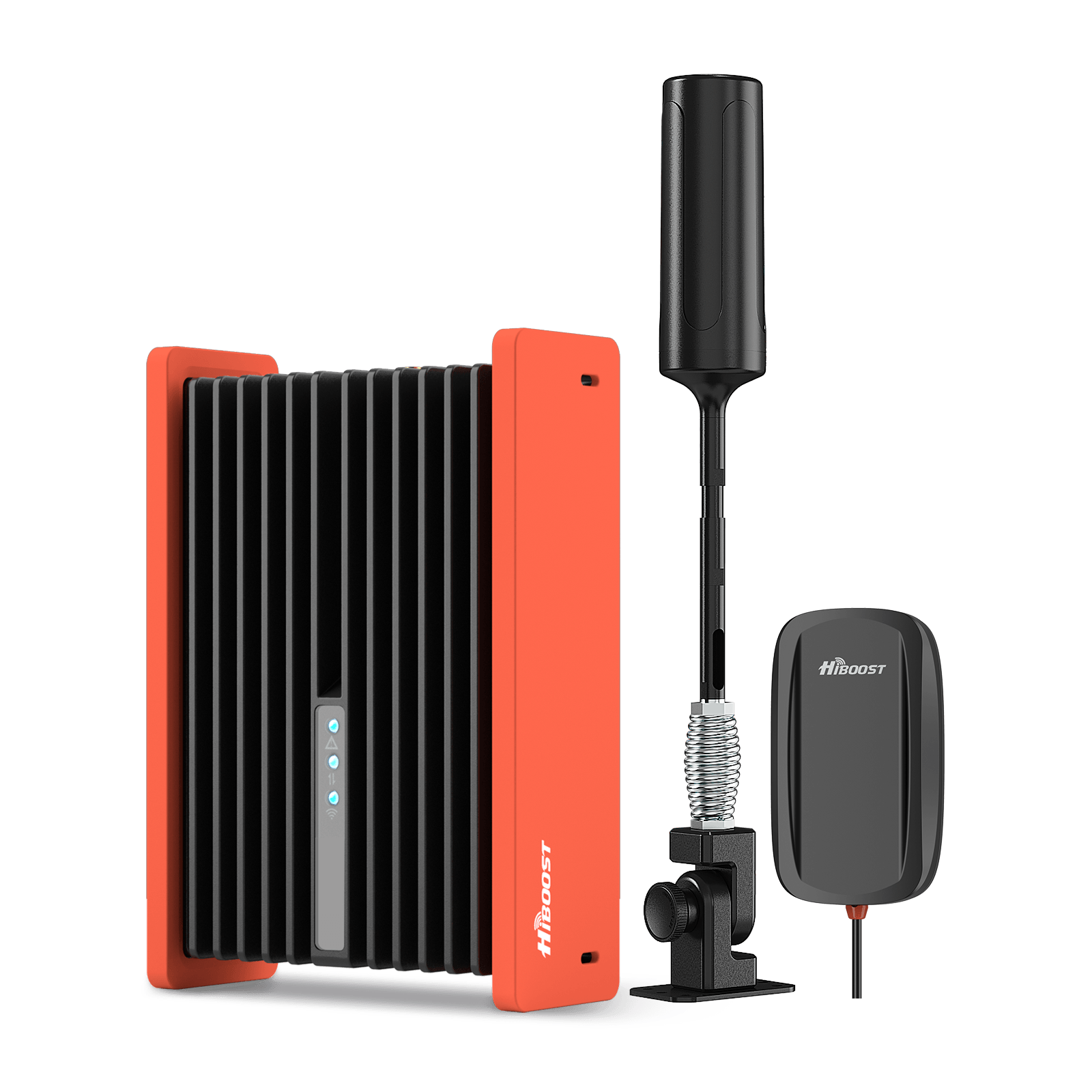

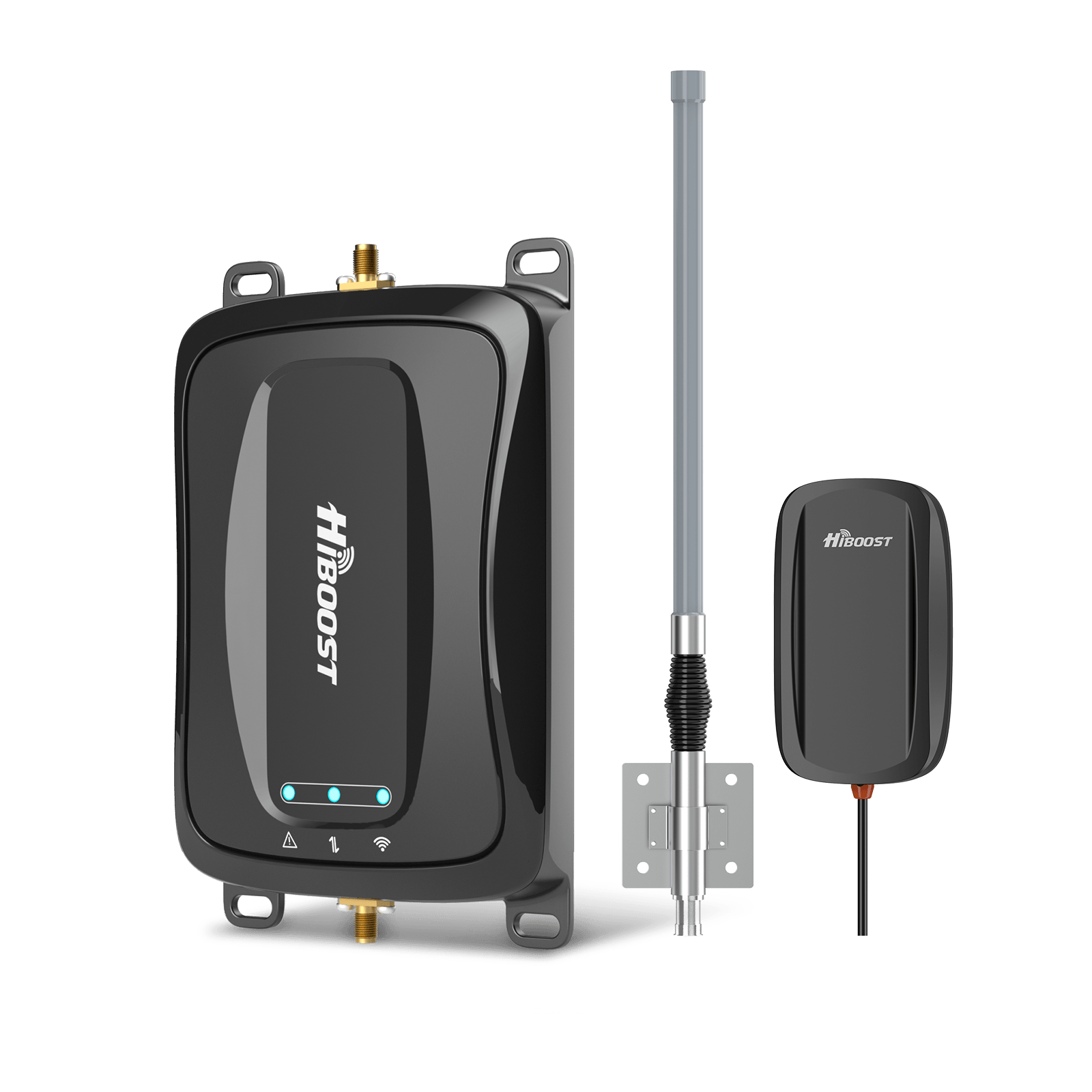
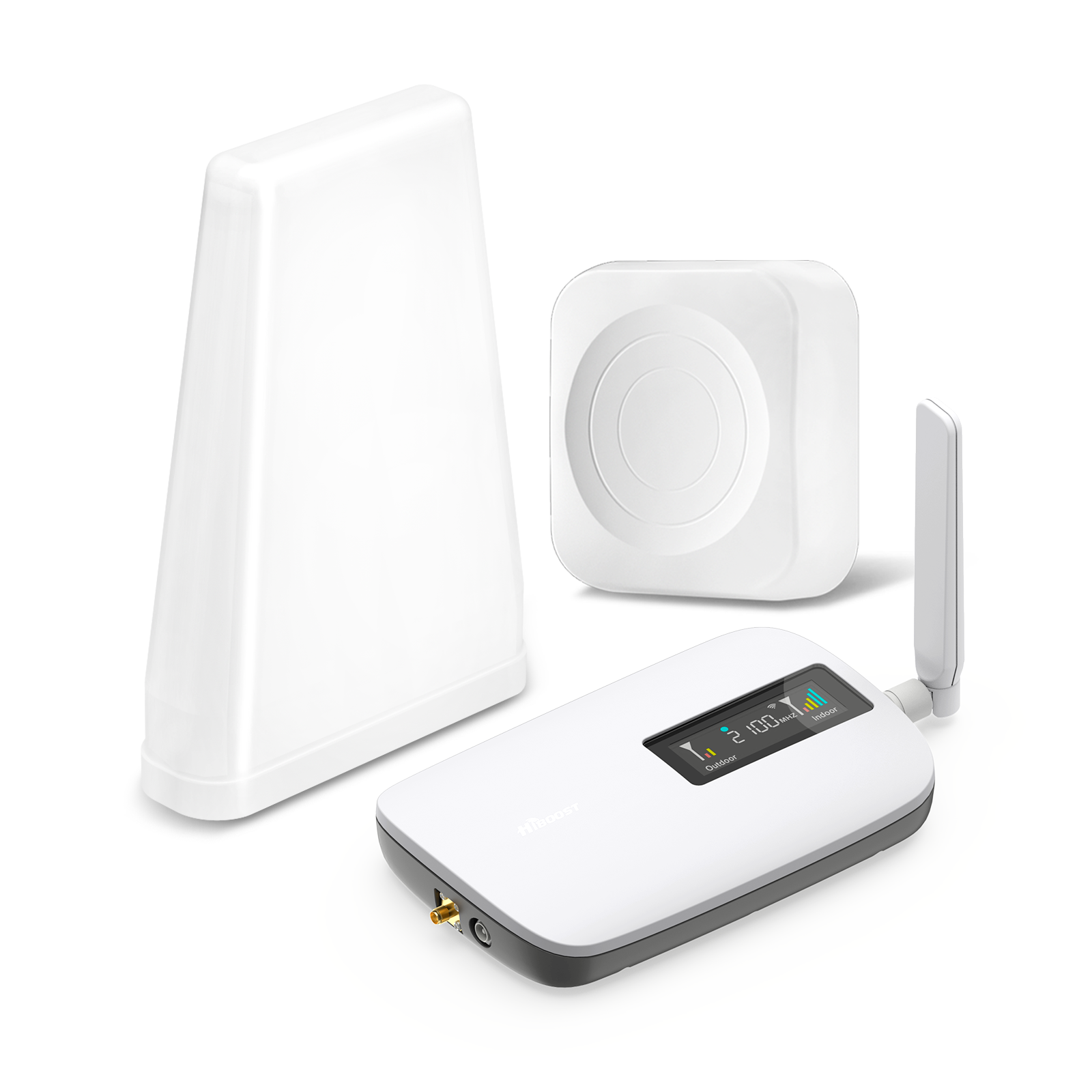
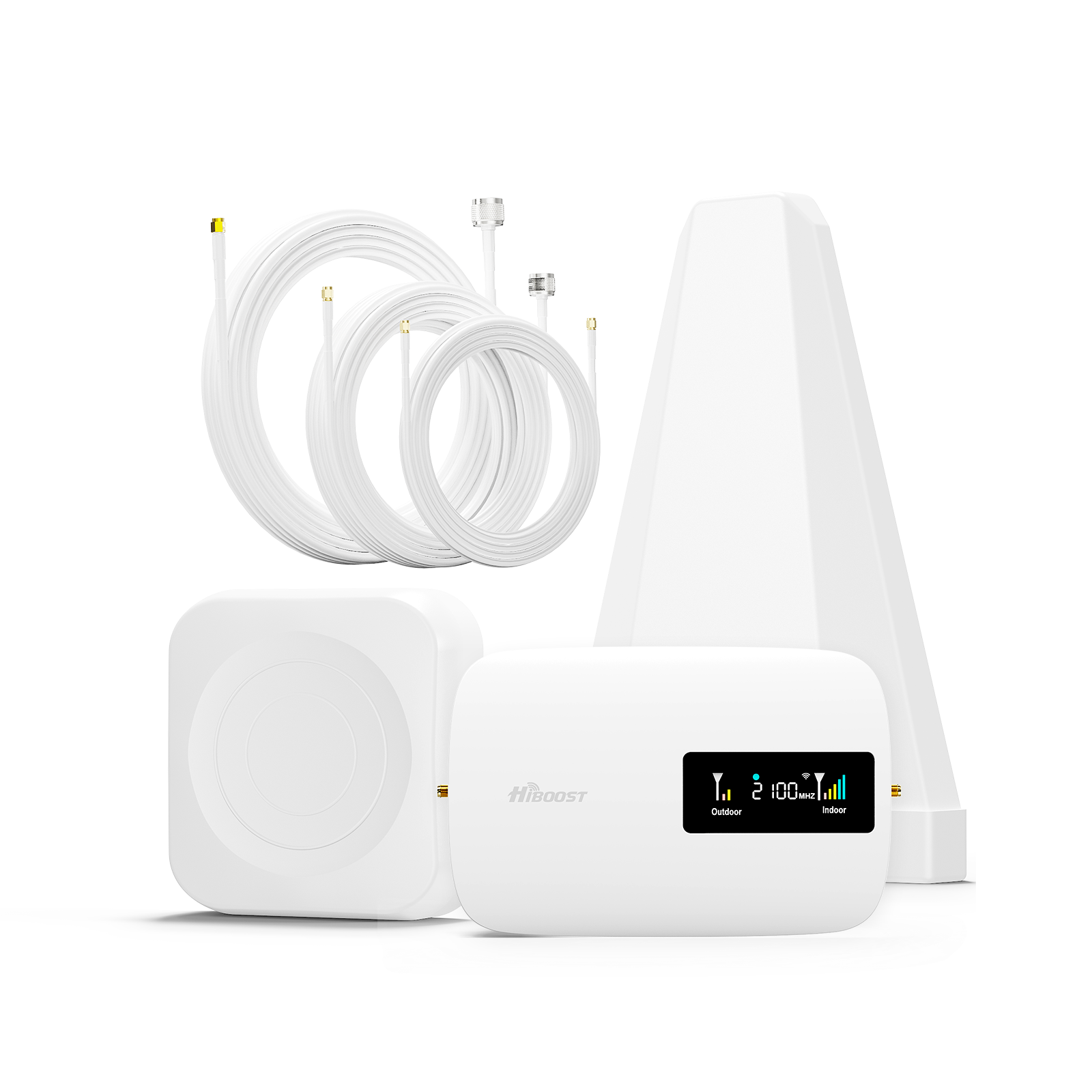
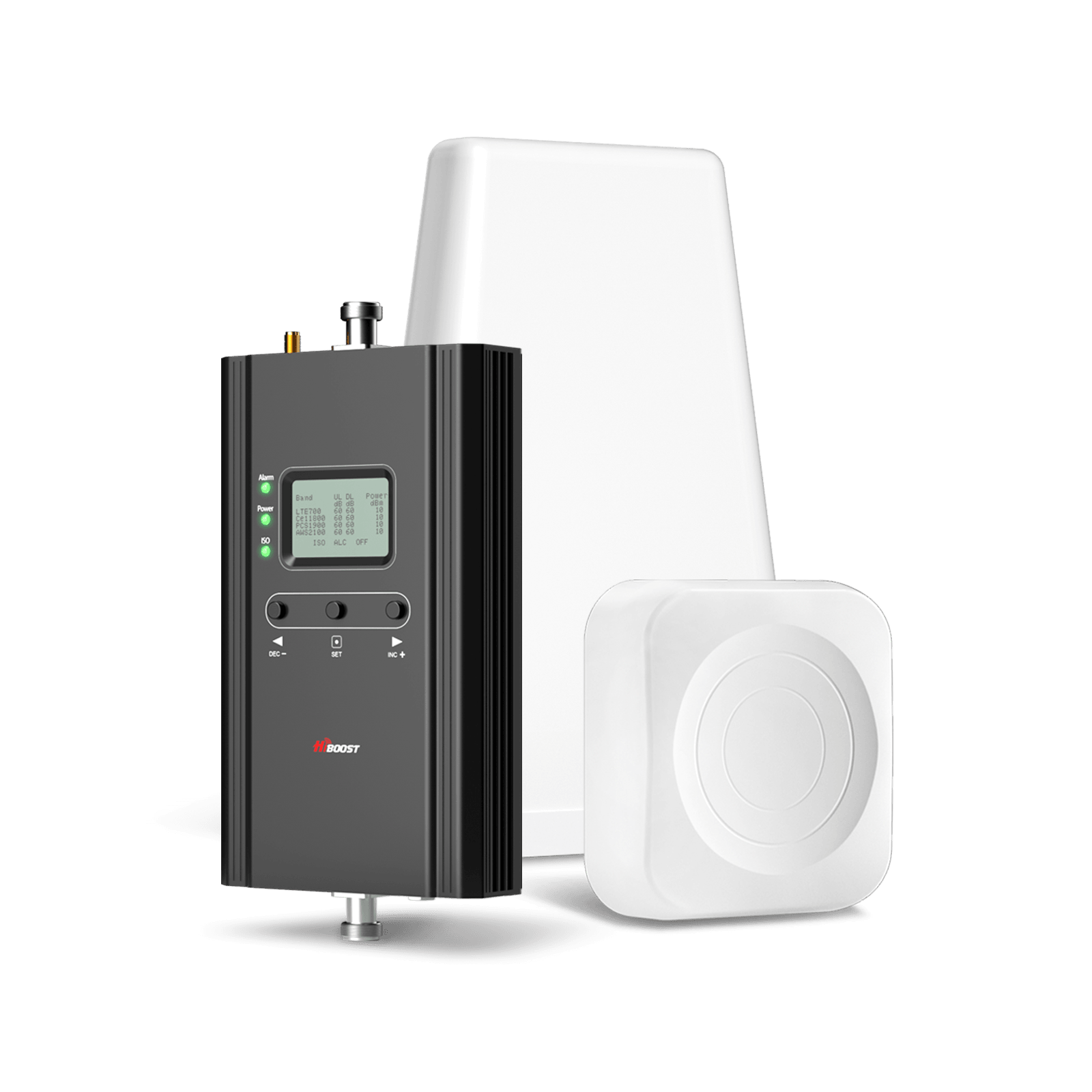
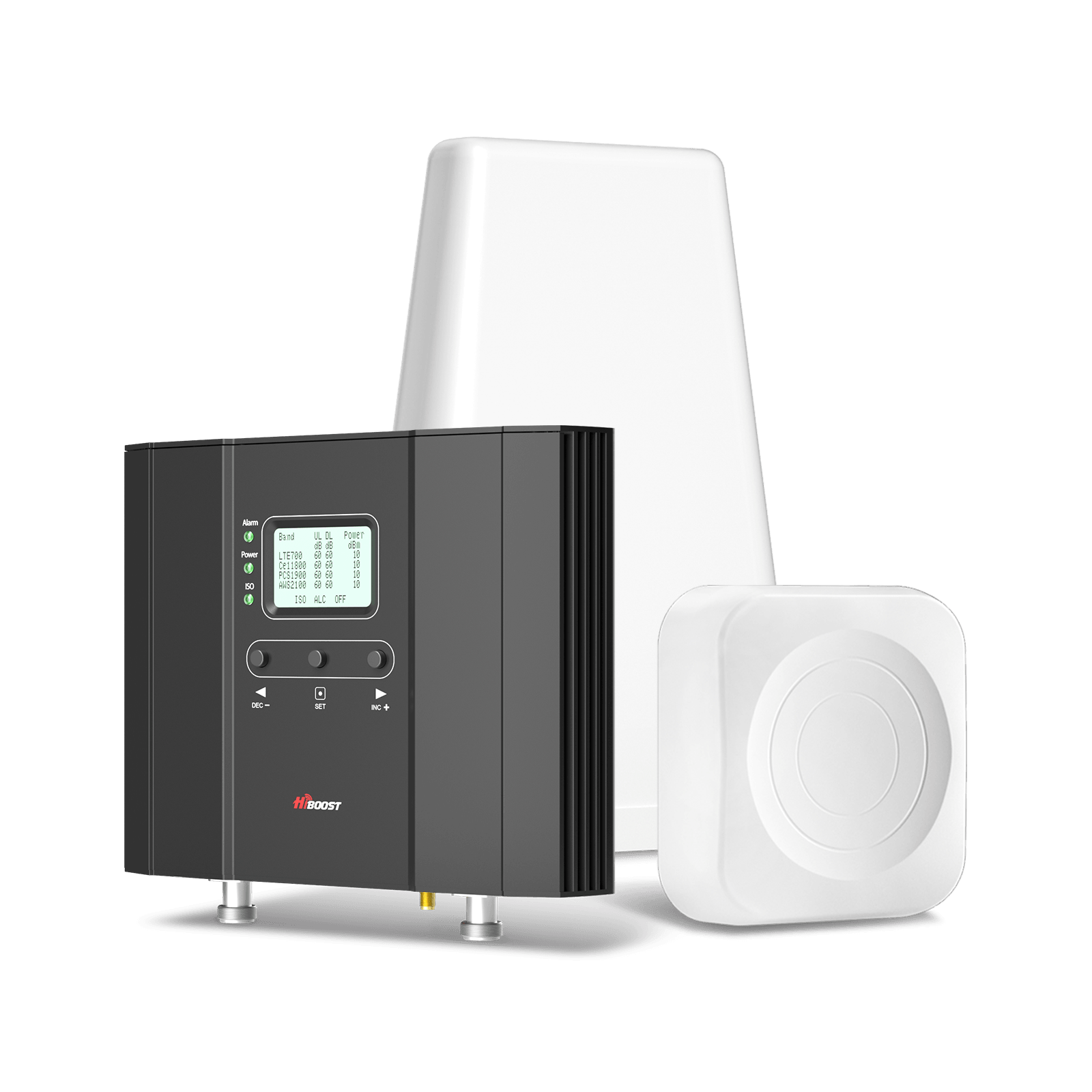
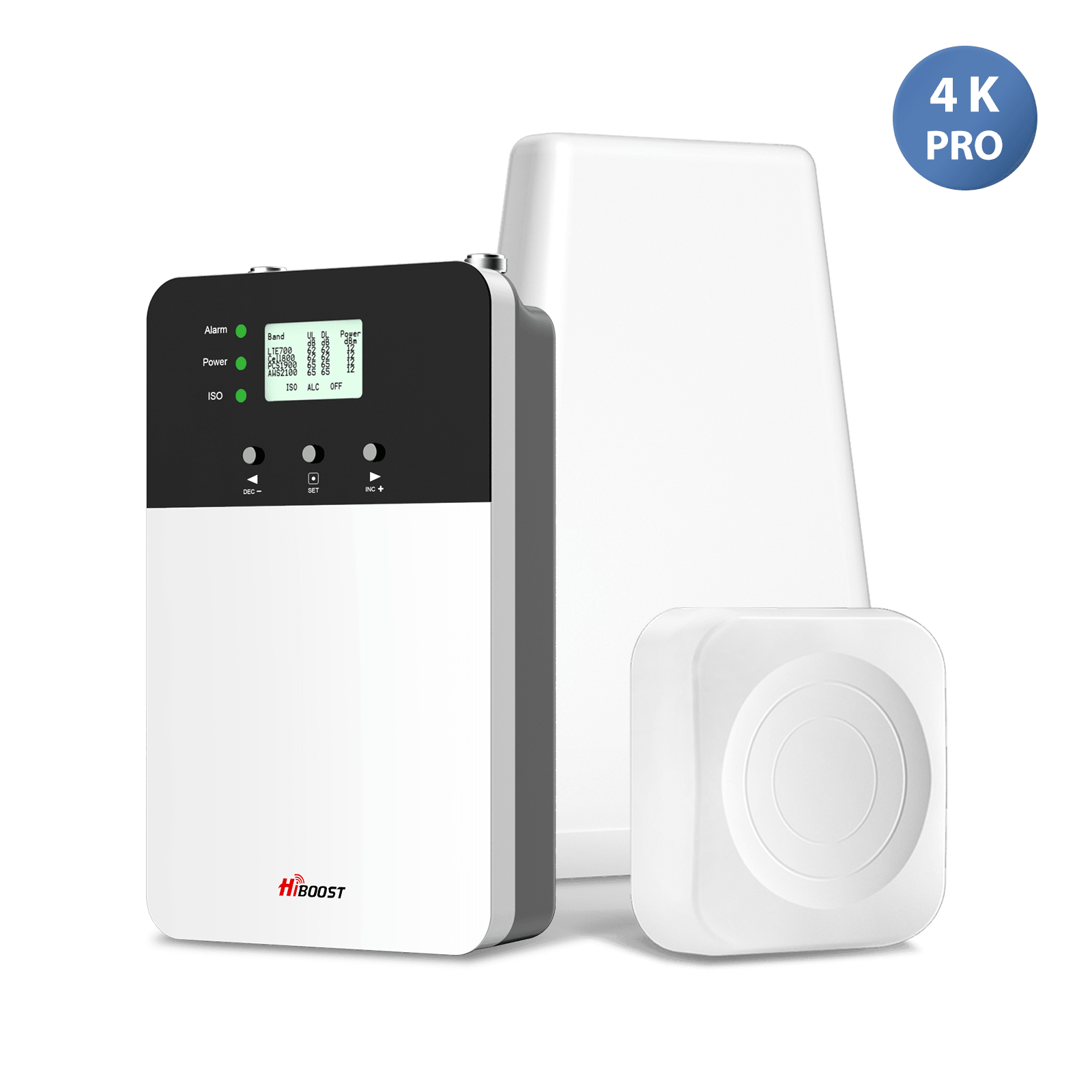
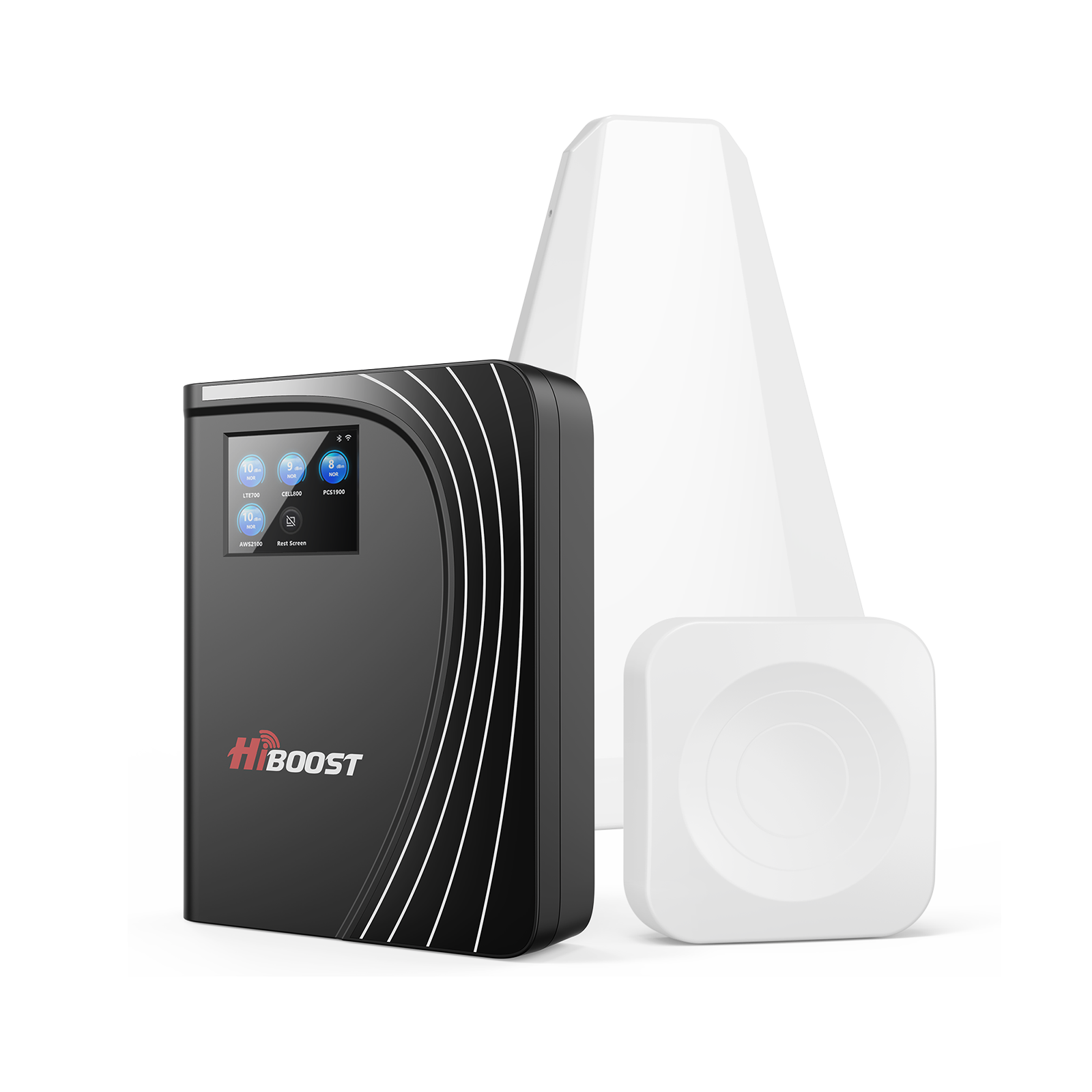
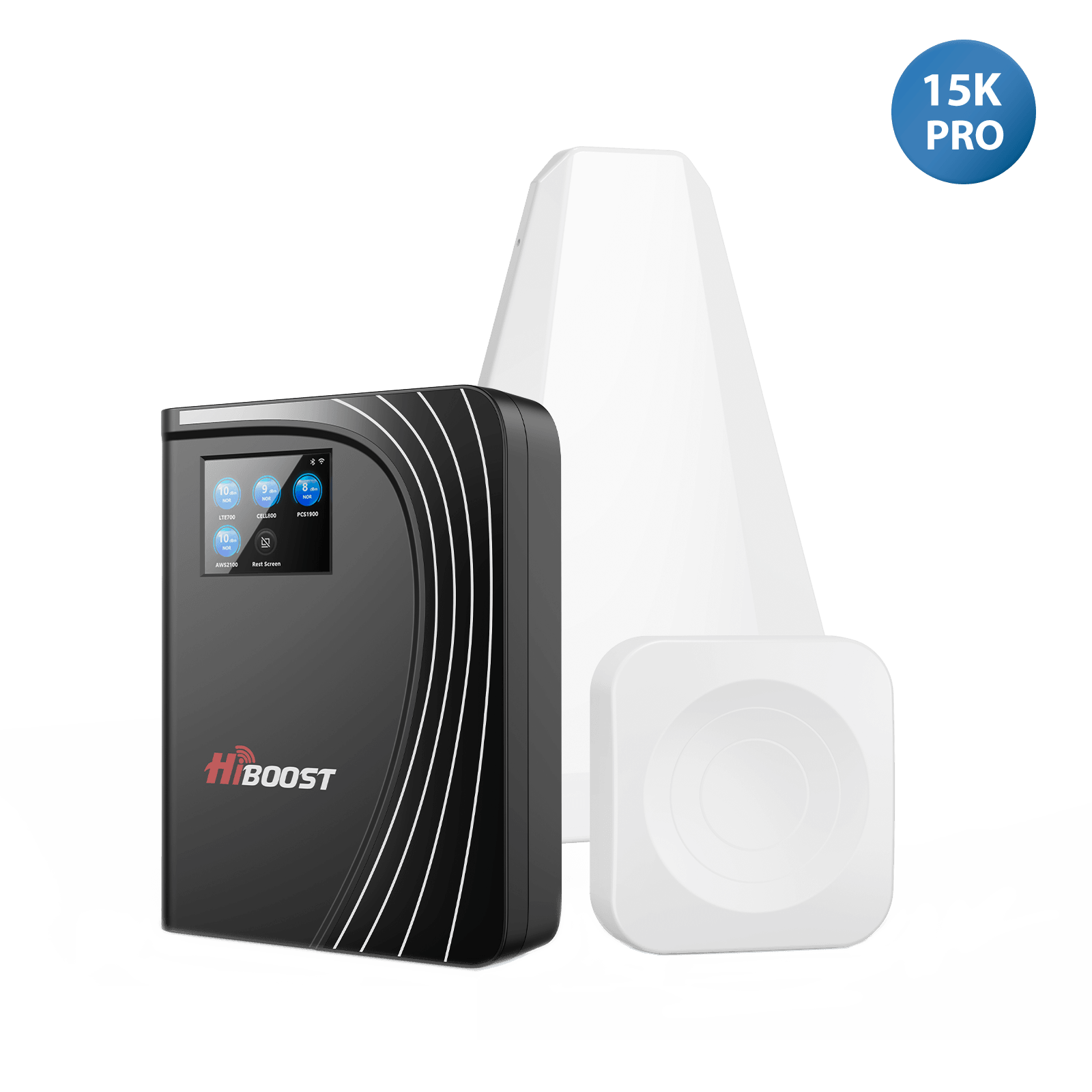
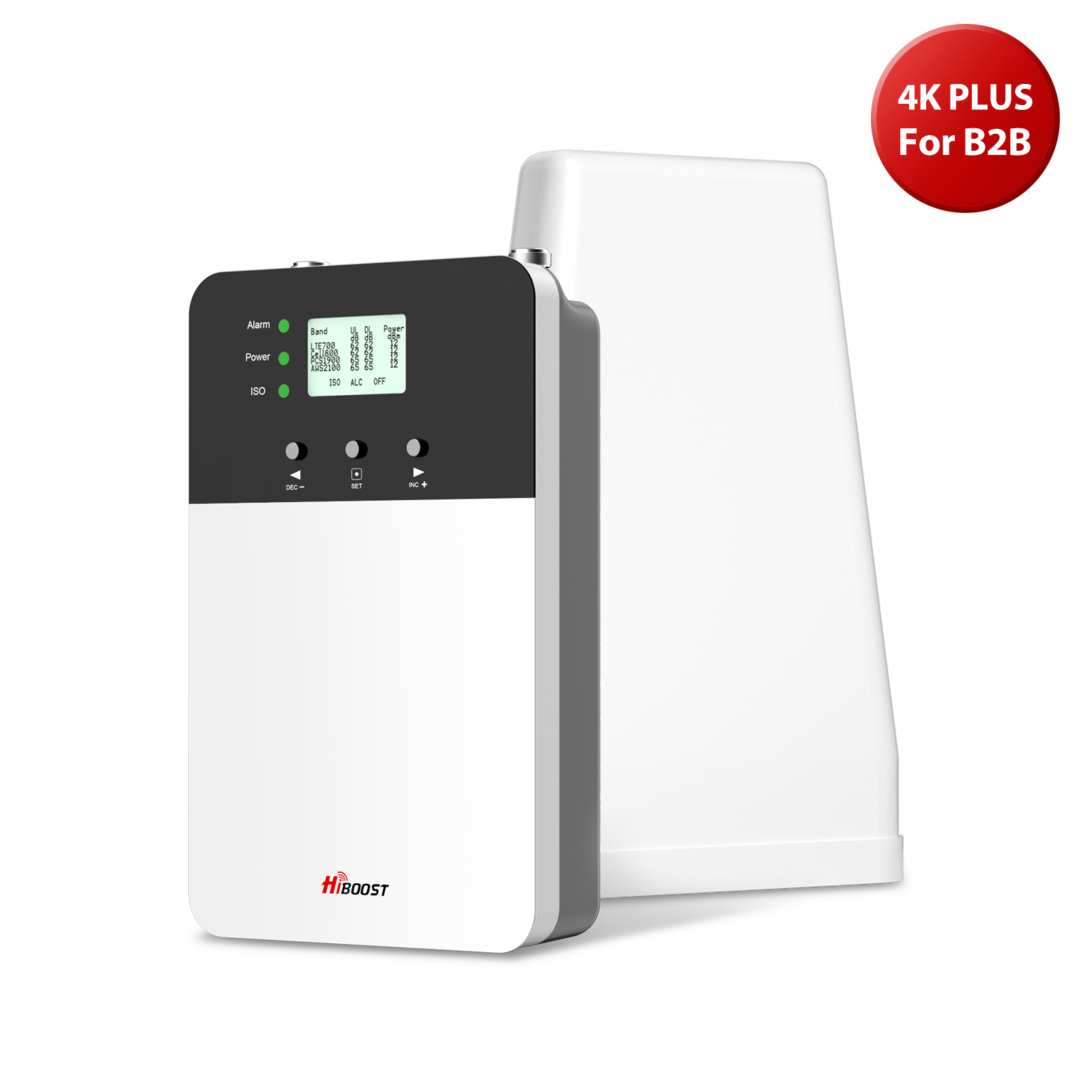
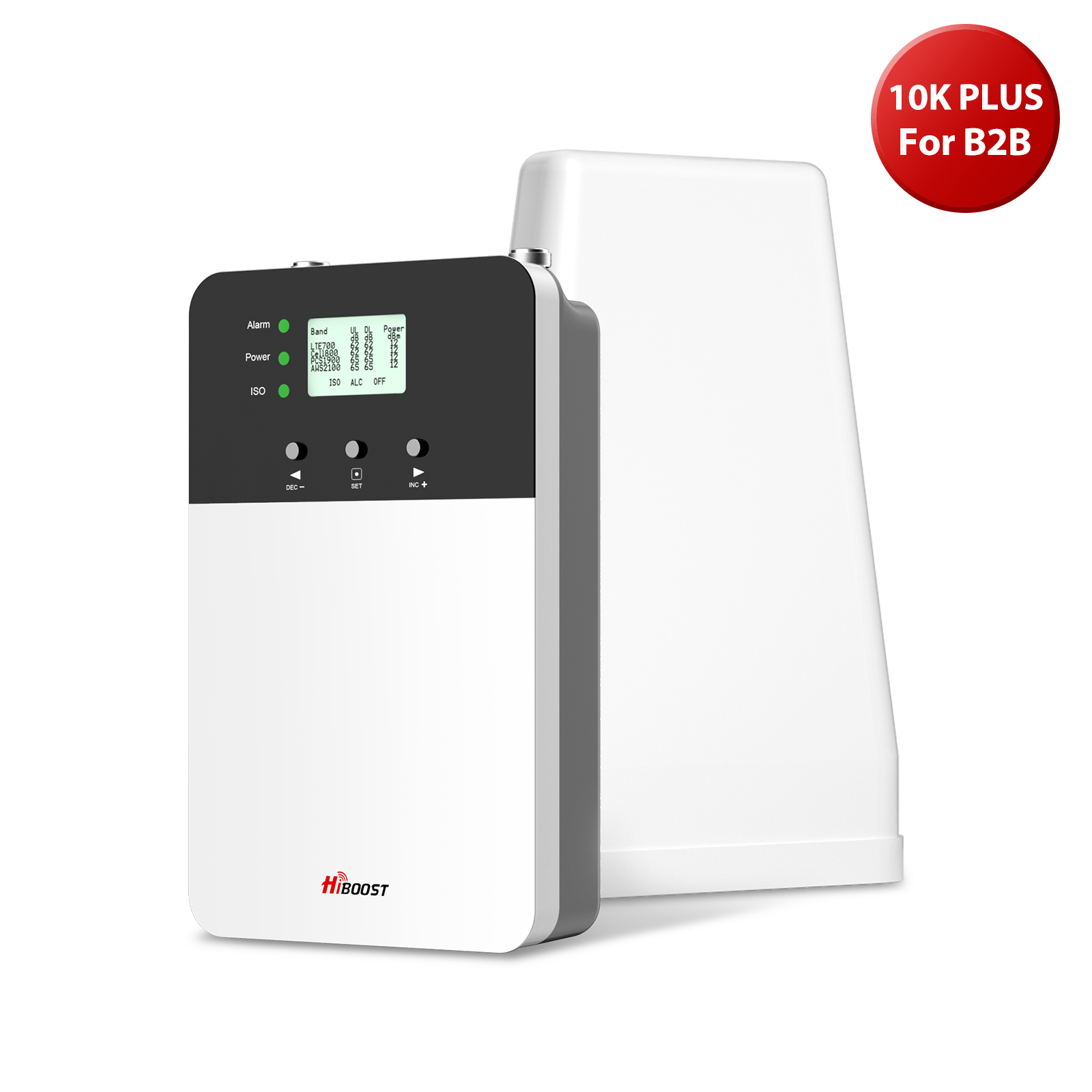
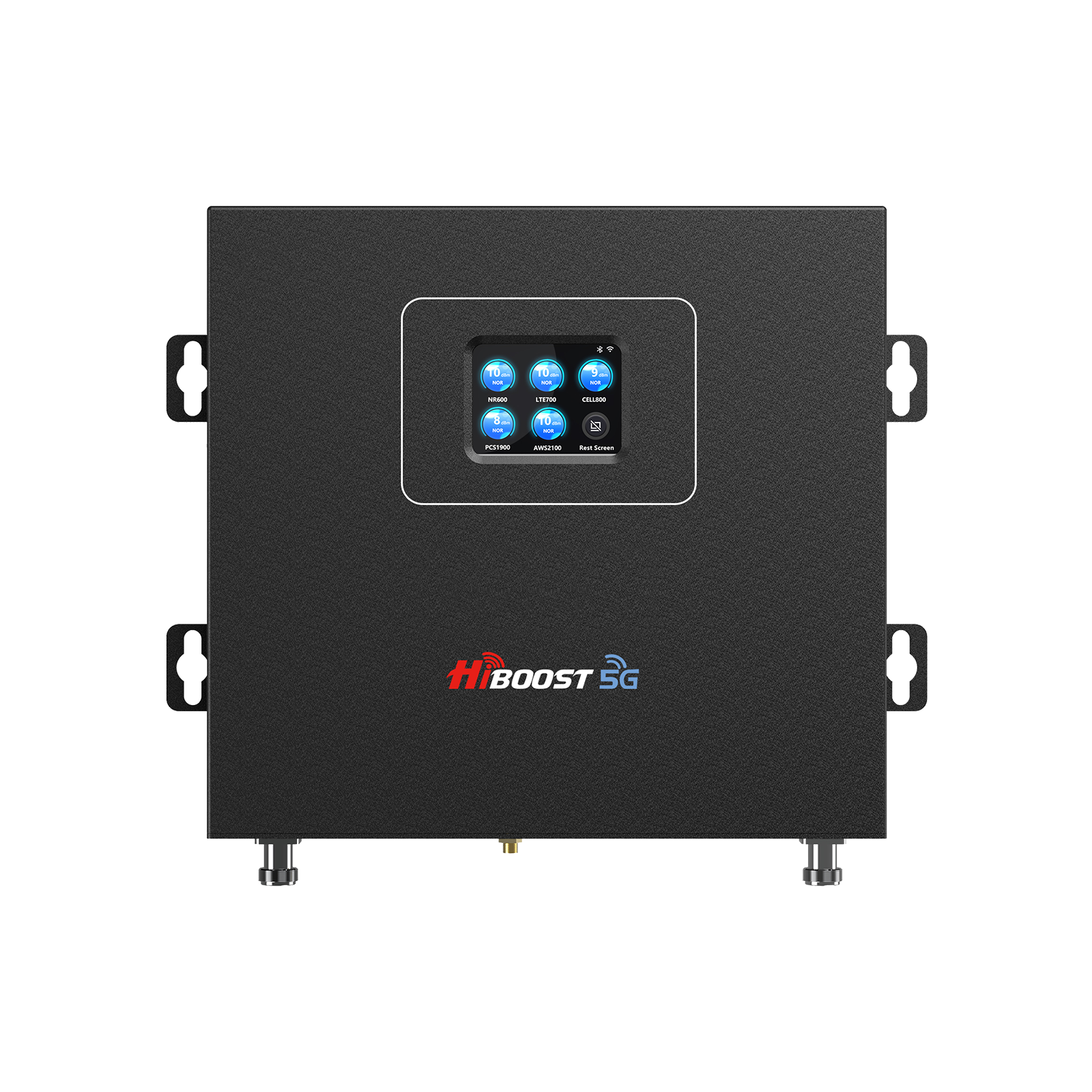
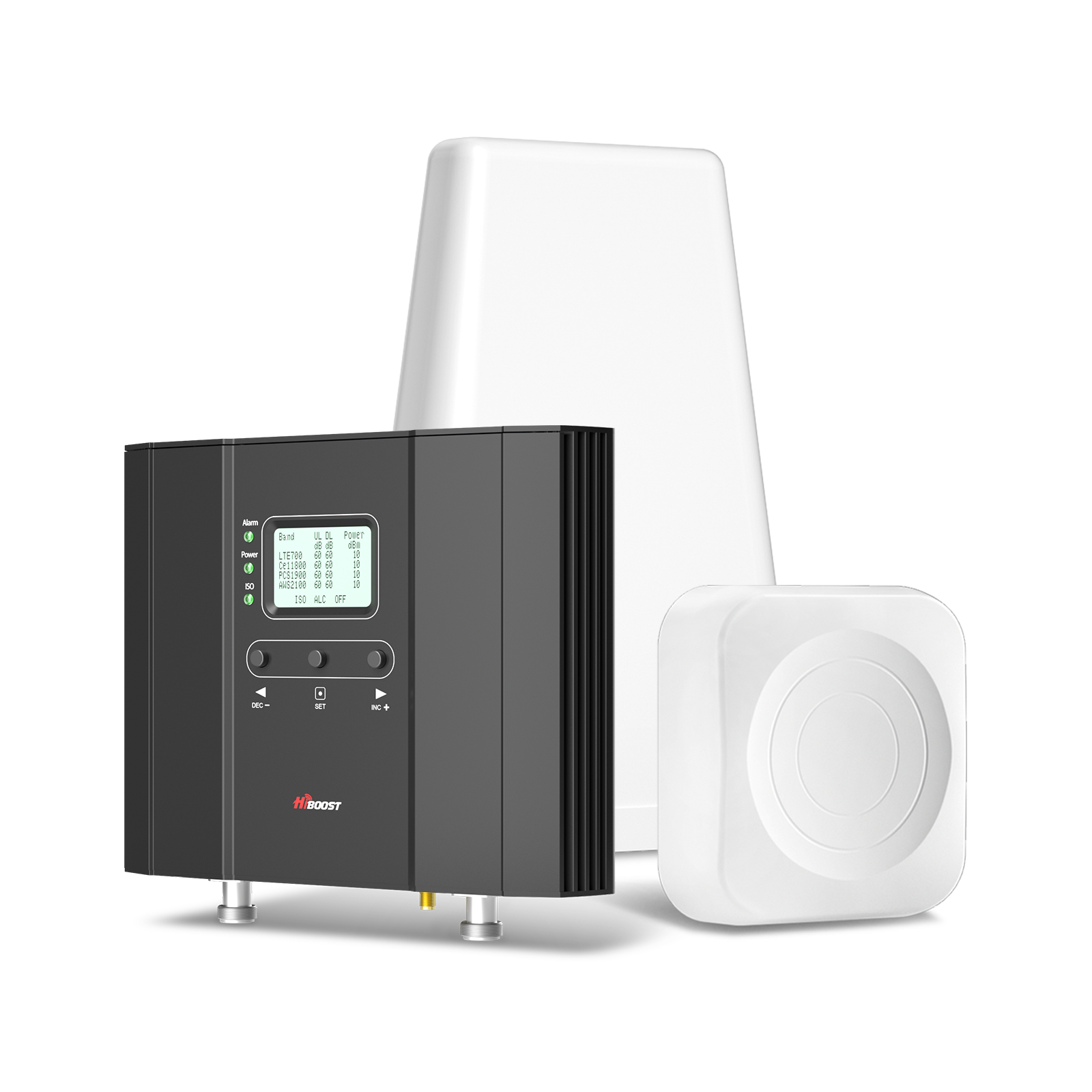
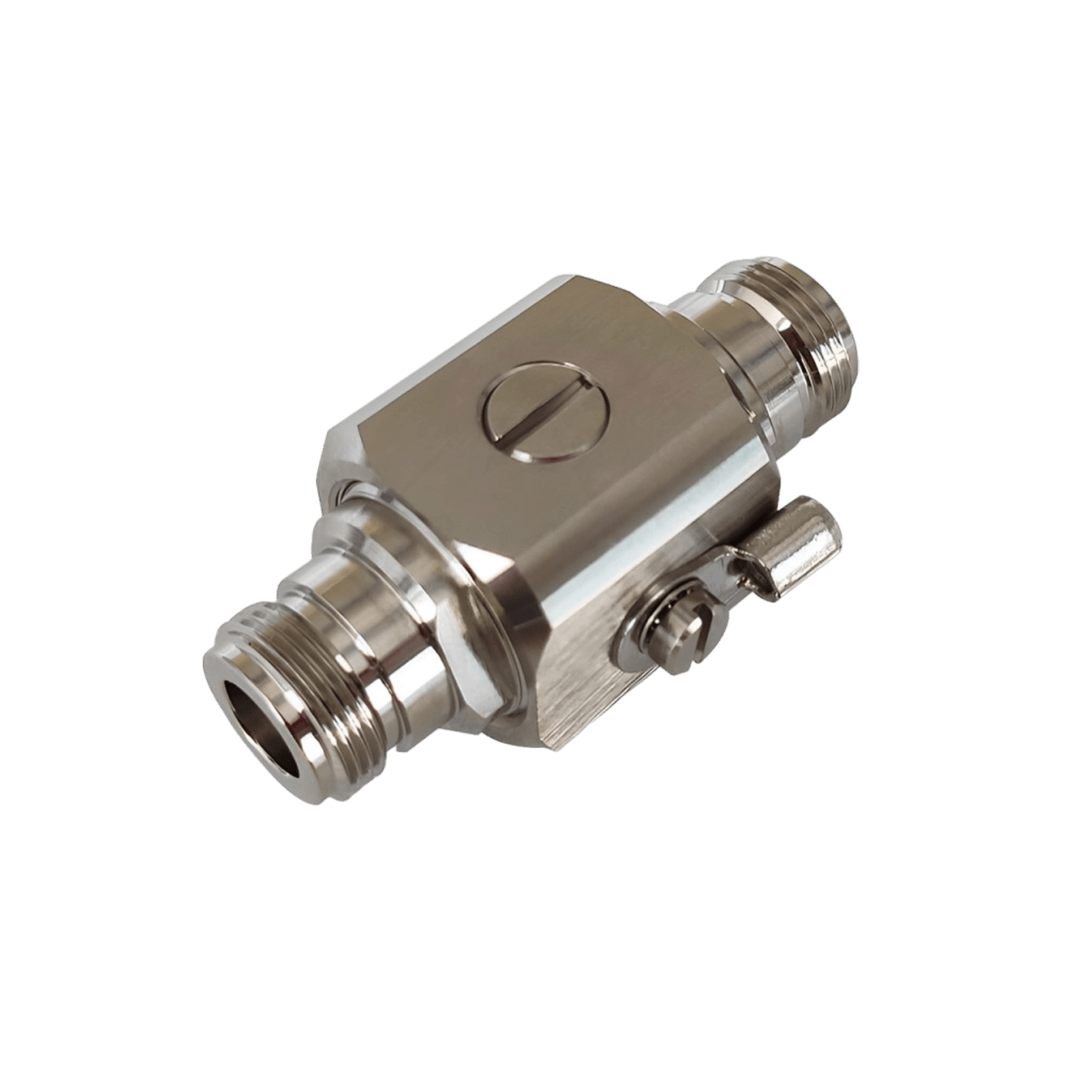
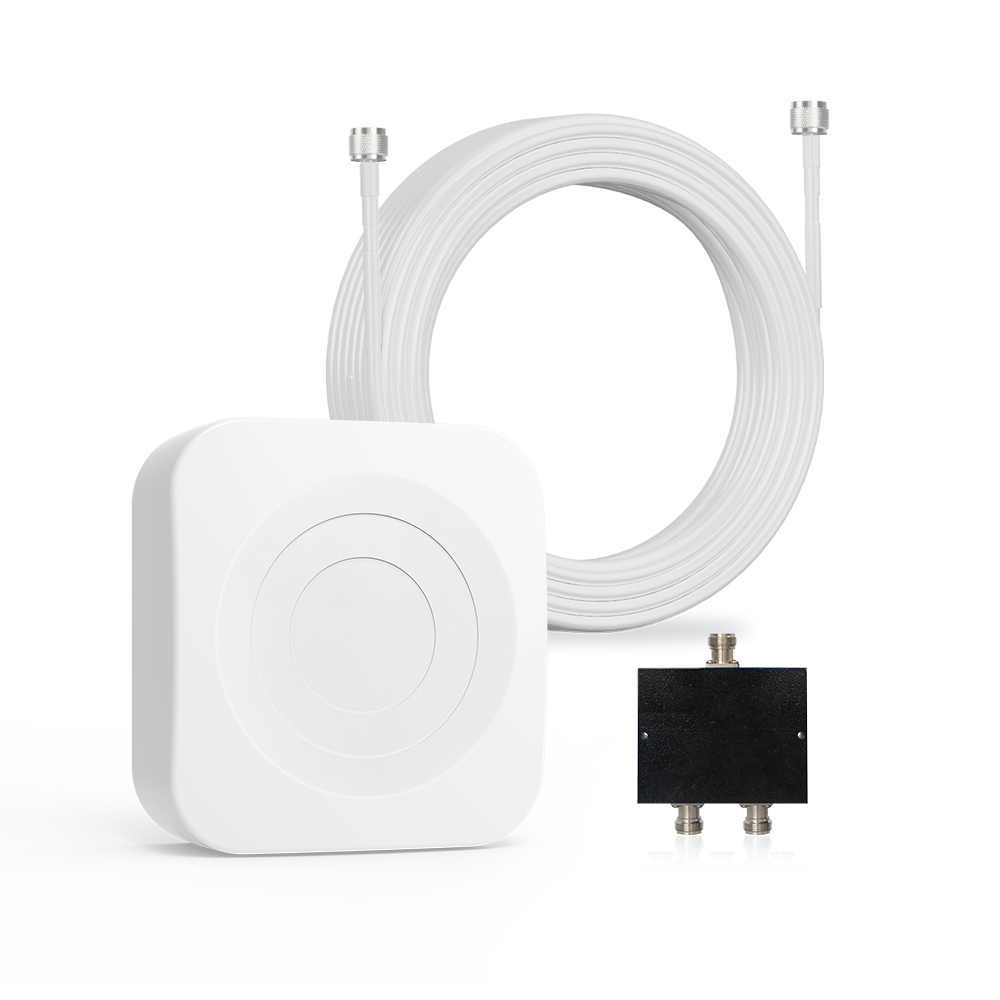
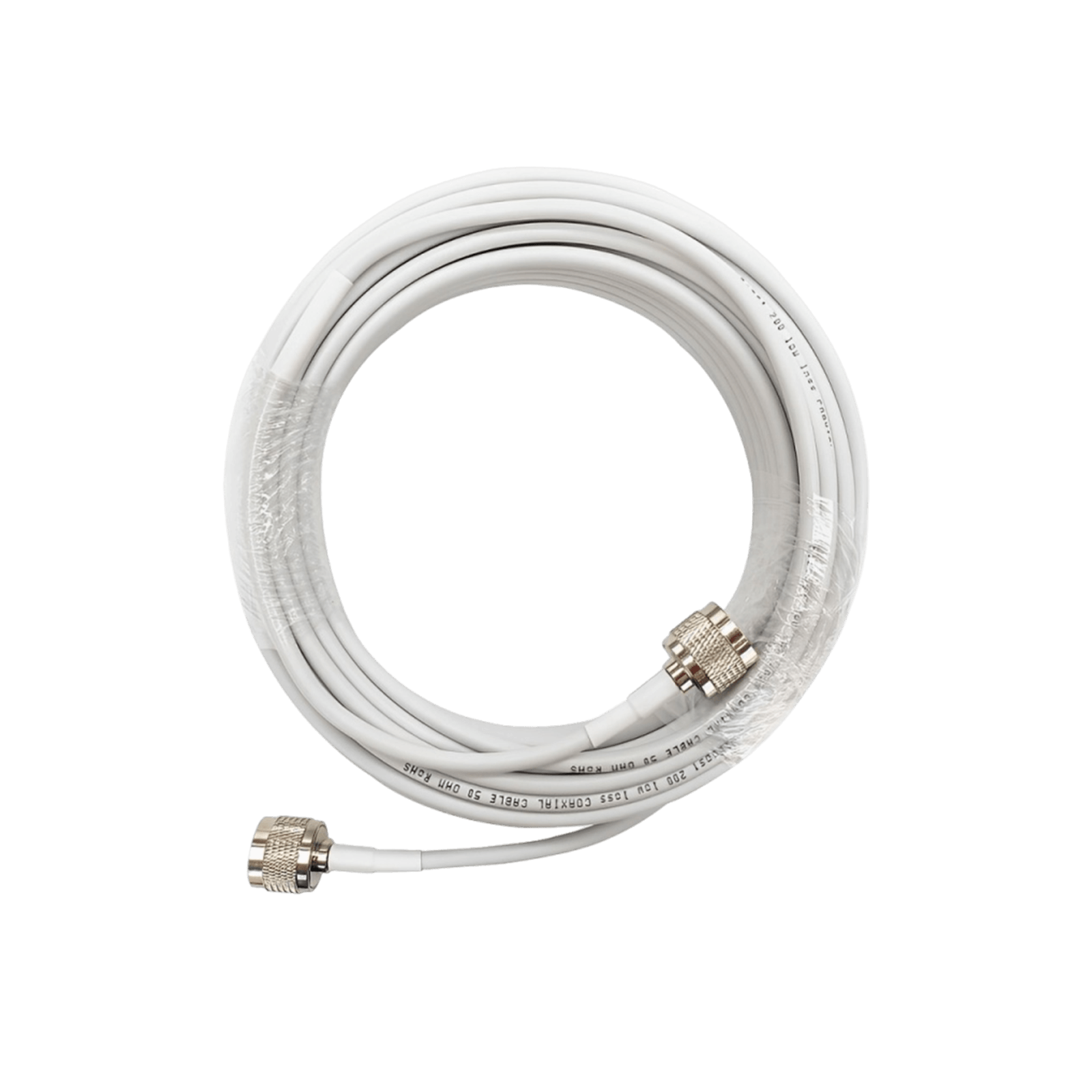
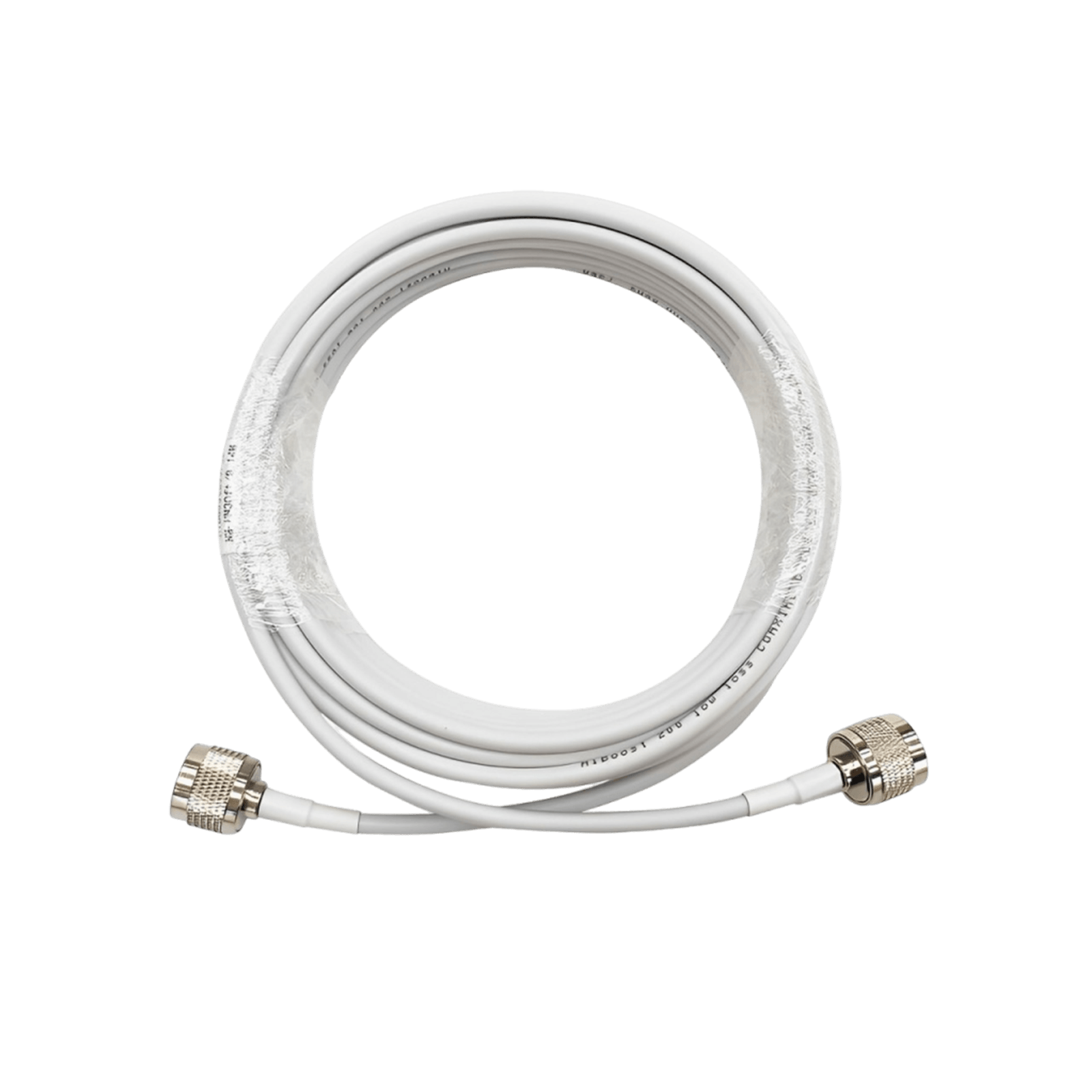


Leave a comment
All comments are moderated before being published.
This site is protected by hCaptcha and the hCaptcha Privacy Policy and Terms of Service apply.